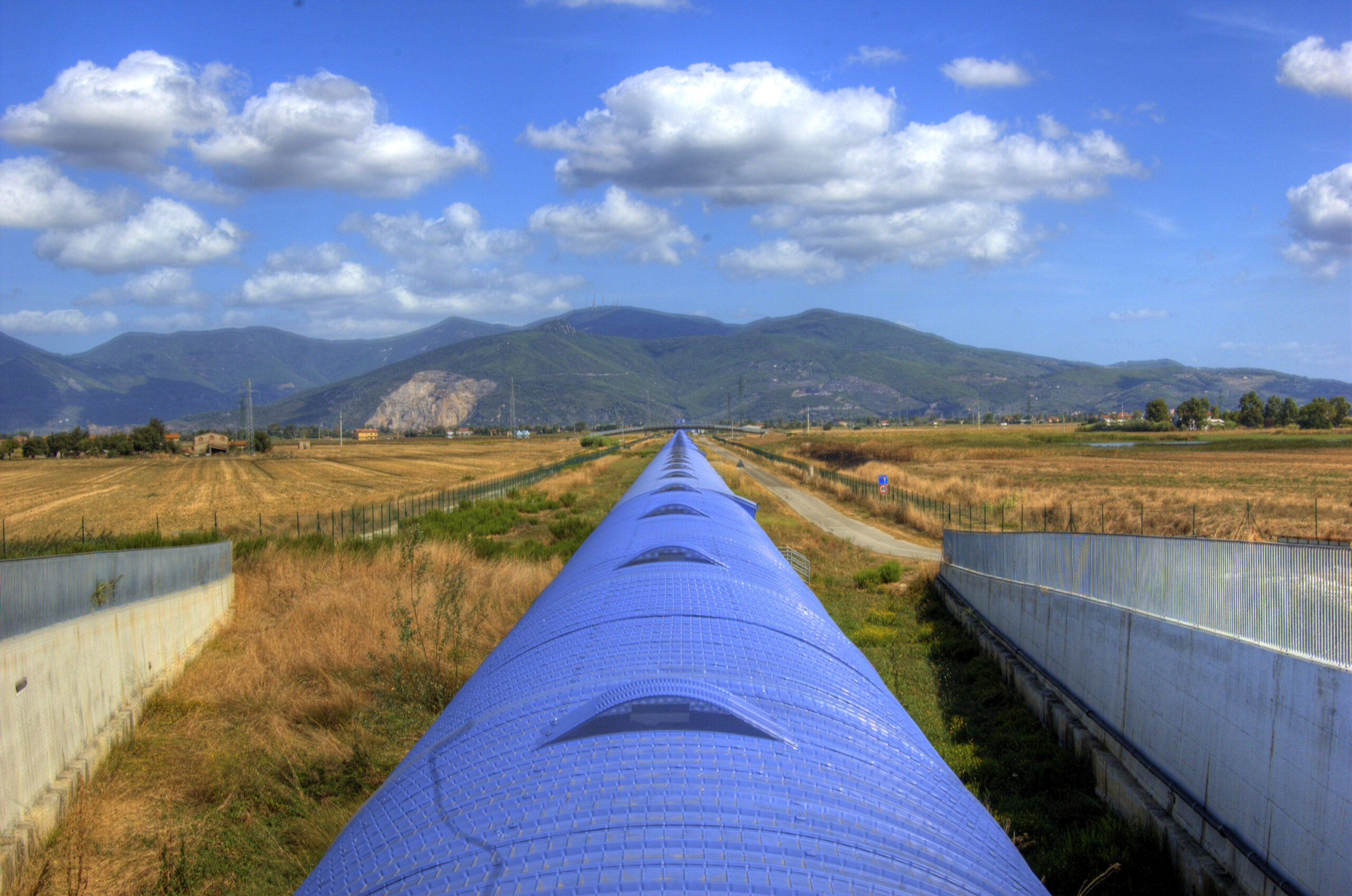Italy’s Virgo gravitational wave detector is officially participating again in the hunt for space-time oscillations since Wednesday afternoon. At 5 p.m. in Pisa, glasses were raised to the fourth round of O4b measurements, which will last until 2025.
In the fourth round of measurements, the two LIGO observatories in the US, the Kagra underground detector in Japan and Virgo work together in observing gravitational waves from the universe. The detectors use the interference of lasers reflected in kilometer-long arms.
Colliding pairs
Gravitational waves occur when super-compact objects such as deep in the universe black holes or neutron stars collide with each other, making the spacetime itself undulate. Such spacetime waves from a colliding pair of black holes were first observed in 2015.
Since then, hundreds of such vibrations have been observed. Last May, the fourth round of O4 measurements of the collaboration began, but only with LIGO and Kagra. Virgo in Pisa decided not to connect for a while then, because after modifications the detector continued to show unexpectedly high noise.
The rest of the year was spent optimizing the sensitivity, including by the experts from the Netherlands. Nikhef is one of the main partners in the Virgo project.
Sensitivity
Virgo’s sensitivity is now around 60 megaparsecs, an astronomical measure of the distance at which the collision of two neutron stars can still be measured. That’s just under 200 million light years. LIGO comes to about 160 Mpc. Kagra is not currently making measurements.
With this 60 Mpc sensitivity, Virgo is able to pick up signals at the same time as LIGO. The dispersion of the observatories then makes it easier to determine the source region on the celestial sphere. Astronomers automatically receive a signal to search for any light phenomena.

In the first months of the fourth round of measurements last year, LIGO observed more than eighty space-time waves, including one from a collision between a neutron star and a black hole. Analysis of the signals is done by all partners in the collaboration. In the Netherlands, this is Nikhef.
The status and sensitivity of the gravitational wave detectors can be followed publicly on the website https://gwosc.org/detector_status/ . The latest observations are also immediately made publicly visible on https://gracedb.ligo.org/latest/ including a first estimate of the position in the sky. On the first day of the new measurement round, three signals were picked up, which may have been a gravitational wave. Further analyses should show that.

